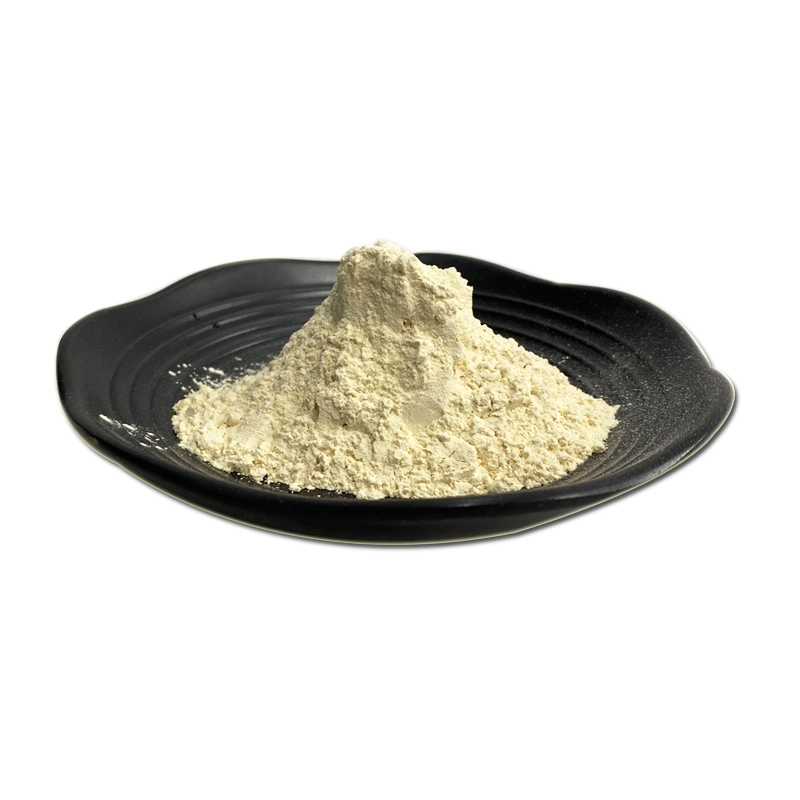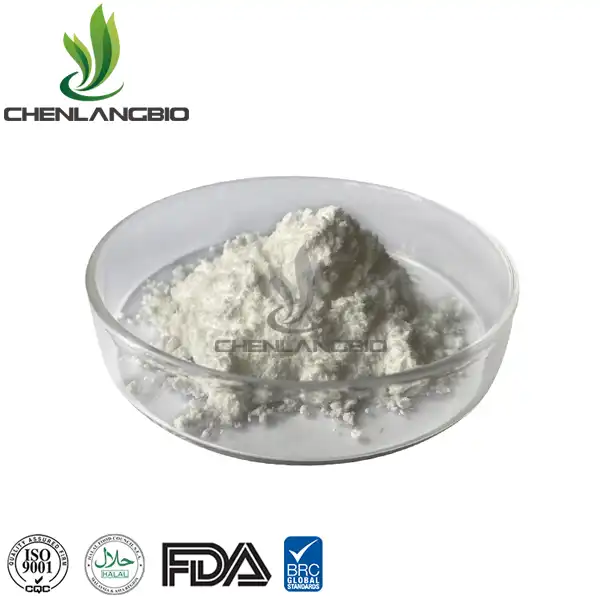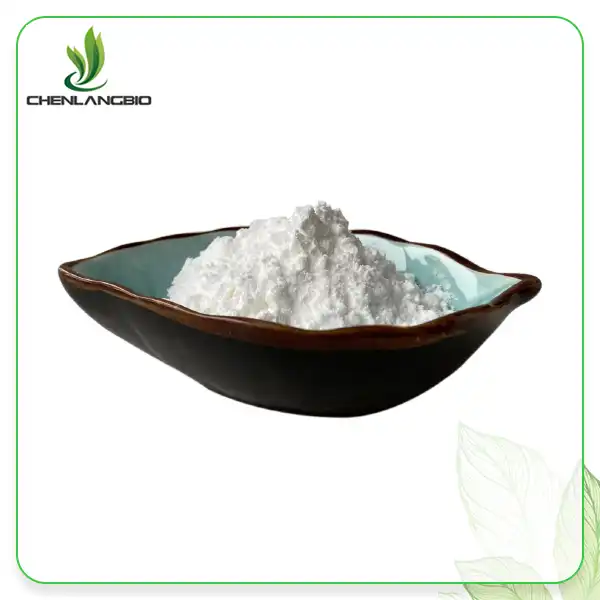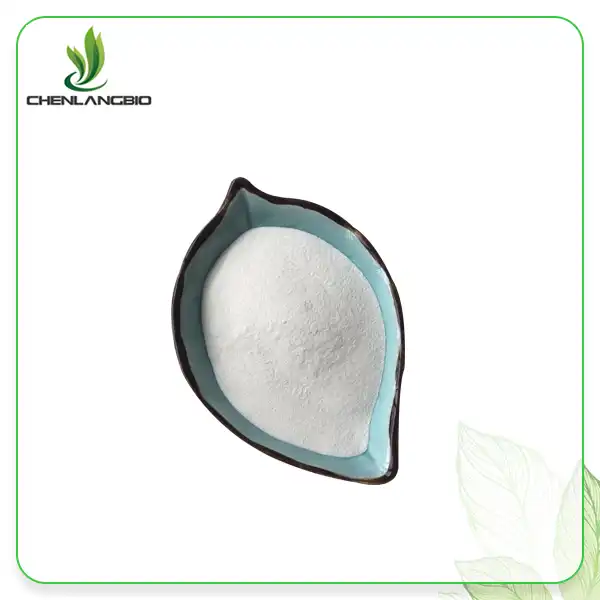Are Lutein and Zeaxanthin the Same Thing
2024-06-01 21:31:50
Lutein and zeaxanthin are the main pigments that constitute the macular area of the human retina, and they are isomers.
The main difference between them is that lutein is more prominent at the edges of the retina of the human eye whereas zeaxanthin occurs in the center of the retina.
Generally, lutein and zeaxanthin are two powerful, fat-soluble antioxidants in the carotenoid family known as xanthophyll carotenoids.
When it comes to maintaining healthy vision, the eyes need all the help they can get. Lutein and zeaxanthin, two closely related carotenoids, play pivotal roles in safeguarding our eyes from harmful ultraviolet (UV) and blue light. Let's dive into what lutein and zeaxanthin are, and examine the similarities and differences between these important compounds.
What is Lutein?
Lutein is a yellow-orange pigment and a member of the carotenoid family. It is found in various foods, with rich sources including spinach, kale, corn, and egg yolks. Lutein is especially concentrated in the peripheral regions of the macula, a small, highly sensitive area in the retina responsible for central vision and color perception. In the eye, lutein serves as a natural filter for blue light and helps protect against oxidative damage caused by light exposure.
What is Zeaxanthin?
Like lutein, zeaxanthin is a carotenoid, but it has a slightly different chemical structure that results in a red-orange hue. Zeaxanthin is primarily found in the central macula, which is the region of sharpest vision and highest visual acuity. Dietary sources of zeaxanthin include peppers, corn, and egg yolks. Zeaxanthin complements lutein by absorbing blue light and neutralizing harmful free radicals, making it an essential component of macular pigment.
Similarities Between Lutein and Zeaxanthin:
Carotenoids:
Lutein and zeaxanthin belong to the same carotenoid family, sharing similarities in their chemical makeup.
Eye Health:
Both carotenoids are vital for maintaining healthy eyes. They act as natural sunscreens, shielding the retina from UV and blue light, and as antioxidants, combating oxidative stress.
Dietary Sources:
You can obtain both lutein and zeaxanthin from a variety of foods, including leafy greens, fruits, vegetables, and egg yolks.
Macular Pigments:
Lutein and zeaxanthin are essential components of macular pigments, which help protect the macula from degeneration and maintain clear, sharp vision.
Differences Between Lutein and Zeaxanthin:
Chemical Structure:
The key difference lies in their chemical structures. Lutein has a distinct oxygen atom bound to its molecule, while zeaxanthin has two oxygen atoms bound differently within its molecule, resulting in different colors and properties.
Macular Distribution:
Lutein is primarily found in the peripheral macula, while zeaxanthin is concentrated in the central macula. This distribution is thought to optimize the filtering of light at different wavelengths.
Color:
Lutein is typically yellow-orange, while zeaxanthin exhibits a red-orange hue due to its structural variation.
Lutein and Zeaxanthin Benefits:
Important antioxidant:
Lutein and zeaxanthin are powerful antioxidants that protect your body from damage by unstable molecules called free radicals.
Lutein and zeaxanthin protect your body's proteins, fats, and DNA from stress and may even help recycle glutathione, it is another key antioxidant in your body.
Lutein and zeaxanthin may help improve or reduce the progression of many eye diseases, but they may not reduce the risk of early-onset age-related degeneration.
Lutein and zeaxanthin act as supportive antioxidants in your skin. They protect your skin from sun damage and help improve skin tone and slow down aging.
In conclusion, lutein and zeaxanthin are critical components in preserving eye health. They work together to protect the macula from harmful light and oxidative damage. While they share many similarities, including their dietary sources and importance in eye health, their different chemical structures and distribution within the eye highlight the complementary roles they play in maintaining clear and vibrant vision. So, remember to incorporate a variety of lutein- and zeaxanthin-rich foods into your diet to support your eye health for years to come.
XI AN CHEN LANG BIO TECH CO., LTD mainly supply high quality natural plant extract powder, such as magnolol, honokiol, marigold extract lutein powder and other natural cosmetics raw powder, please send inquiry to Email: admin@chenlangbio.com if you want to buy lutein.
Send Inquiry
Related Industry Knowledge
- How Should Dihydroavenanthramides Be Used For Skincare
- What is Sodium Ascorbyl Phosphate?
- Is Cetyl Tranexamate HCL Safe for All Skin Types
- Why Sea Buckthorn Oligopeptide is Essential for Gut Health?
- Can Hyaluronic Acid Powder Be Used For Joint Health
- How Long Does Red Yeast Rice Extract Powder Take to Lower Cholesterol
- What is Ginger Extract Powder used for
- What’s Difference Between NMN powder Supplement and Coenzyme Q10
- How Can Dehydroepiandrosterone DHEA benefit Your Health
- Unlocking the Benefits: Understanding the Uses of Indole-3-Carbinol









